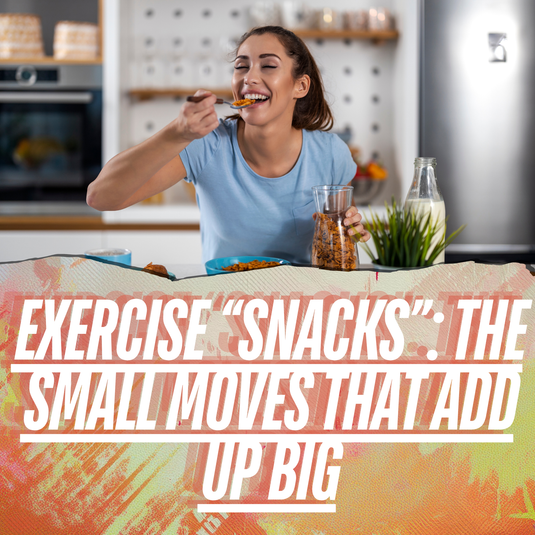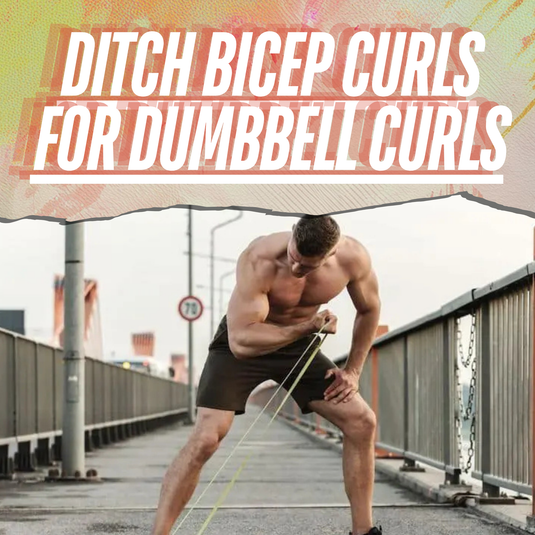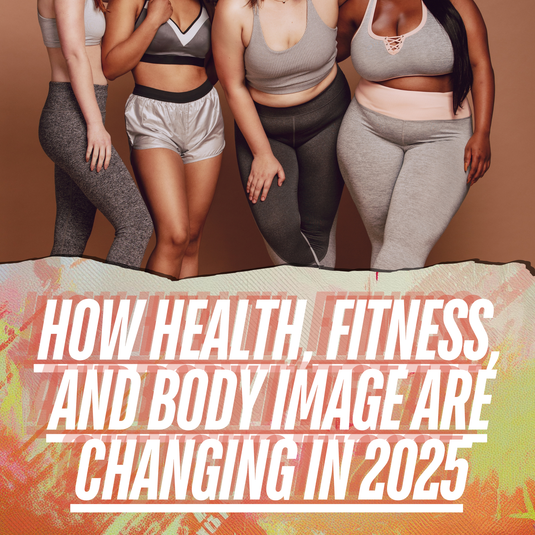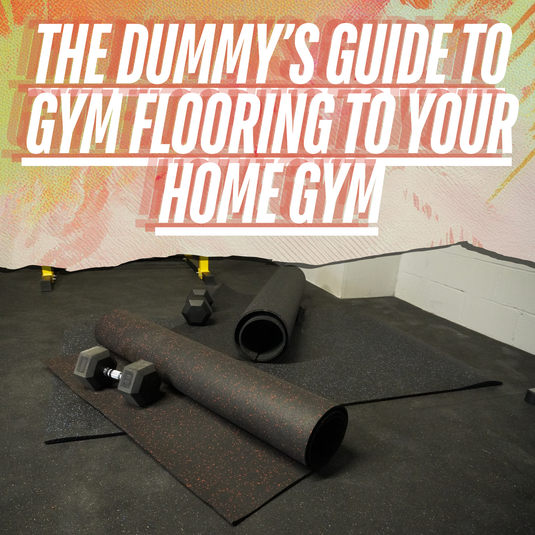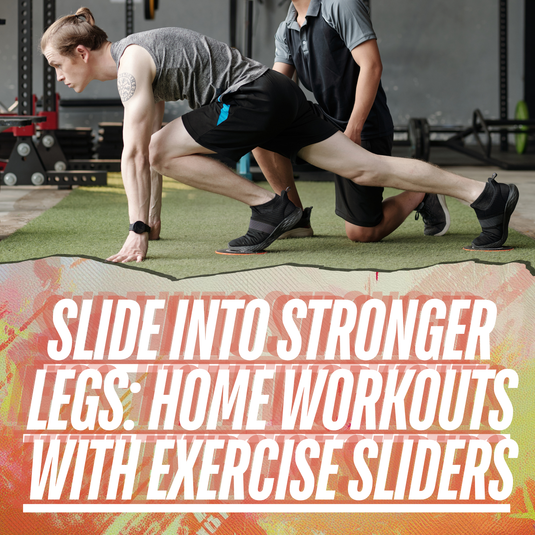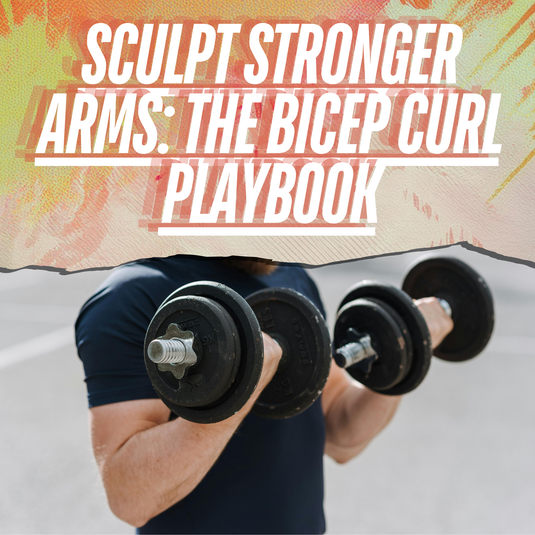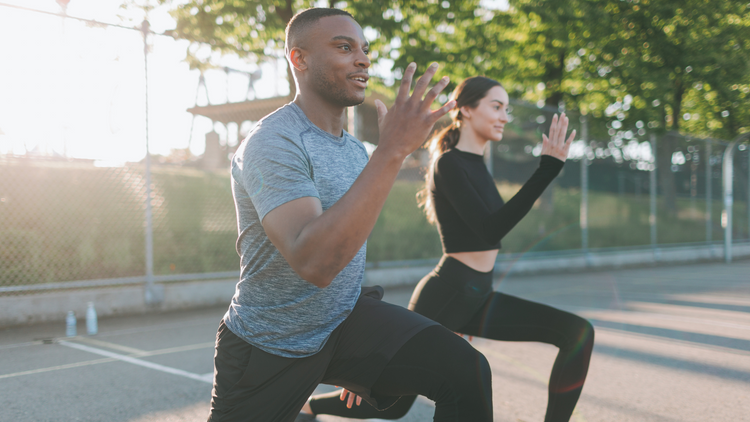Body Weight Exercises to Build Muscle Fast

⏱️ Estimated Read Time: 6 minutes
🧠 TL;DR
- Body Weight Exercises to Build Muscle Fast offers effective, accessible movements for targeted results.
- This guide is designed to help you move smarter, build strength, and stay consistent.
✍️ Summary
This post explores body weight exercises to build muscle fast in a way that’s actionable and easy to follow. Whether you're new to this style of training or leveling up, it includes practical takeaways for your routine.
📚 Table of Contents
The beauty of bodyweight exercises is easy to understand. Body weight exercises require no equipment and can be done anywhere! Most of the moves associated with bodyweight training utilize total body movements and have been proven to create improved core strength, muscular endurance, and flexibility. Moreover, bodyweight training is highly scalable to the user, making bodyweight training universal. That includes those looking to build muscle through bodyweight muscle building.
If you need a prime example of how practical bodyweight training can be, look at a gymnast. They are an excellent example of alpha athletes that maximize body control while displaying an awe-inspiring level of strength.
The only challenge of bodyweight training lies in execution. What are the best bodyweight exercises I can use to create balanced and challenging workouts while getting maximum impact?
Below are eight awesome or unique exercises to incorporate into your workout program or simply stack as a stand-alone bodyweight workout no equipment needed. These exercises represent some of the best bodyweight exercises available. The key for each activity below is that they will challenge one, if not multiple major muscle systems of your body. When appropriately incorporated, that challenge will stimulate the physiological response needed for muscle growth.
How to do Burpees:
- Start standing comfortably with feet hip-width apart.
- Squat down and place your hands on the floor between or just in front of your feet.
- Jump your feet back to put your body into a push-up position.
- Perform a full push-up.
- At the top of the push-up, jump your feet back towards your hands. Land feet as close to your hands as possible, allowing your knees and hips to bend.
- From the squat position, stand up and jump while reaching your arms overhead.
- Land in the original start position and repeat.
How Burpees Helps in Muscle Growth:
This exercise will target total body strength, coordination, flexibility, and explosion.
Modify for low impact by walking the feet front and back, eliminating any jumps. Additional modifications can be made by performing a push-up on the knees or no push-up.
Dive Bomber Push Ups
How to do Dive Bomber Push Ups:
- Start in a modified push up position with hands planted slightly wider than shoulder-width apart. Knees should be bent. Hips will be elevated as high as possible, creating a straight line from the wrist through the elbow, shoulder, and torso all the way to the tailbone.
- Start the movement by bending your arms and lowering your chest towards the floor between your hands.
- Scoop as close to the floor as possible while extending through the hips and legs to move your torso forward.
- As your chest moves past your hands, extend your arms maximally and look towards the ceiling. Fully extend your low back and hips, keeping your hips as close to the floor as possible.
- Return to the start position by bending the hips and knees driving the hips as high as possible. Keep the arms straight and extend through the shoulder to return to the start position.
How Dive Bomber Push Ups Helps in Muscle Growth:
Dive bombers will target and build shoulder, chest, and triceps strength.
Maximize upper body range of motion while incorporating core strength and hip flexibility.
Modify the exercise by performing on your knees instead of your toes.
Bicycles Exercise
How to do Bicycles Exercise
- Start lying on your back with hands behind your head. Focus throughout the movement to keep your hands behind your head without pulling forward on your head and neck.
- Pull your right knee to your chest while keeping the left leg straight and off the ground.
- Crunch your upper body up and rotate your upper body to bring your left elbow to your right knee.
- Quickly switch to the opposite combo of left leg tucked in, right leg straight, and upper body twisted with right elbow meeting left knee.
- Continue alternating back and forth for time or repetitions.
- During the movement, maintain a flat low back in contact with the ground.
How Bicycles Exercise Helps in Muscle Growth
This exercise activates every muscle group in your core, targeting strength in the upper, lower, and rotational components.
If your low back can’t maintain contact with the floor, modify the exercise by keeping your knees bent to reduce strain on the lower core musculature.
Elbow to Hand Plank Exercise
How to Do Elbow to Hand Plank Exercise
- Start in a push-up plank position.
- Begin the exercise by lifting one hand, bending that same elbow, then placing that elbow on the floor in a low plank position.
- Repeat with the opposite arm to bring the body fully into a low plank.
- Reverse the steps by lifting the first arm, planting the hand on the floor, and extending the arm back to a high plank position.
- Repeat on the opposite side to return to the start position.
- Alternate which hand gets to move first to balance the training load.
How Elbow to Hand Plank Exercise Helps in Muscle Growth
Build strength through the shoulders, arms, and core.
This exercise creates coordination not only between the chest and back but the upper and lower body as well.
Additionally, this exercise will improve upper body flexibility.
Due to the rotation and stabilization of the torso during the movement, this exercise also engages every muscle acting on your core.
Modify the exercise by staying on your knees instead of your toes.
Hinge Hops Exercise
How to do Hinge Hops Exercise
- Start standing with feet hip-width apart.
- Begin the movement by hinging at the hips. Drive your hips backward, allowing the knees to bend. Swing your arms back as your hips are moving. The torso may become to parallel to the floor.
- Rapidly extend the hips forward to drive into full extension and hop off the floor. Arms should swing forwards with hips.
- Some extension at the knee and ankle may be necessary to perform the hop.
- Upon landing, return into the hinge to decelerate momentum and perform the next repetition.
How Hinge Hops Helps in Muscle Growth
This exercise will develop an explosion through the posterior kinetic chain, specifically targeting the glutes.
It can be used as a form and strength builder for running.
Modify to low impact by remaining in contact with the ground and raising up onto toes instead of jumping.
Single Leg RDLs Right Left
How to Do Single Leg RDLs Right Left
- Start standing with feet comfortably together.
- Shift weight to one leg, then lift the opposite foot off the floor.
- Hinge at the planted hip allowing the hip to bend while the torso folds forward and the lifted extends behind you.
- Torso and elevated leg should form a straight line.
- Keep torso square, avoiding the urge to rotate towards the planted hip.
- Continue hinging until both hands can touch the floor just before the planted foot.
- Return to standing by extending the planted hip then switch sides.
Movement tips:
Focus on bending at the hip, not at the low back. Some knee bend is allowed but should not be the focal point.
How Single Leg RDLs Right Left Helps in Muscle Growth
This exercise will target and increase the hamstrings' strength throughout the posterior kinetic chain.
Additionally, the single-leg RDLs will challenge and develop balance.
To modify, perform the deadlifts in front of a box or bench that you can touch for balance support.
Reverse Plank
Reverse Plank
How to Do Reverse Plank
- Start seated with legs together and straight out in front of you.
- Plant your hands on the floor behind you shoulder width apart with your fingers pointing towards your toes.
- Lift the hips into a plank forming a straight line from ankles to ears.
- Arms and hands should be directly below your shoulders.
Reverse planks are an excellent addition to bodyweight exercises no equipment, enhancing upper core and upper back strength. They are a great example of how bodyweight exercises can effectively target and strengthen major muscle groups without any equipment.
8. Sit-Through Exercise
How to do Sit-Through Exercise
- Start on all fours in a crawling position with weight on the hands and balls of the feet.
- Lift one leg and the opposite arm.
- Straighten the lifted leg through and underneath the body while pulling the lifted arm/elbow across the body.
- As you move the planted foot should rotate from the ball of the foot to the heel of the foot.
- At the end of the movement, your chest should be pointing toward the ceiling, weight supported on one hand and the opposite foot.
- Return to the start position and repeat to the opposite side.
How Sit-Through Exercise Helps in Muscle Growth
This exercise will develop core strength, coordination, and high levels of mobility.
Modify the exercise by keeping both hands on the ground and only moving your leg. This modification will reduce the overall range of motion but increase stability.
Bodyweight strength building should be a tool in any athlete’s bag to incorporate throughout their programming. The absence of external load reduces the taxation of the nervous system. That enables the athlete to train for strength while building an increased range of motion and muscular coordination without needing a prolonged recovery.
Helpful Resources:
Want more guidance? Check out our Weekly Dumbbell Workout #1.
📝 FAQs
How often should I do these exercises? +
2–3 times per week is a good starting point for most people.
Do I need equipment? +
Many of these can be done with just your bodyweight or a single kettlebell or dumbbell.
Can beginners do these routines? +
Yes! These movements are designed to scale with your fitness level.


